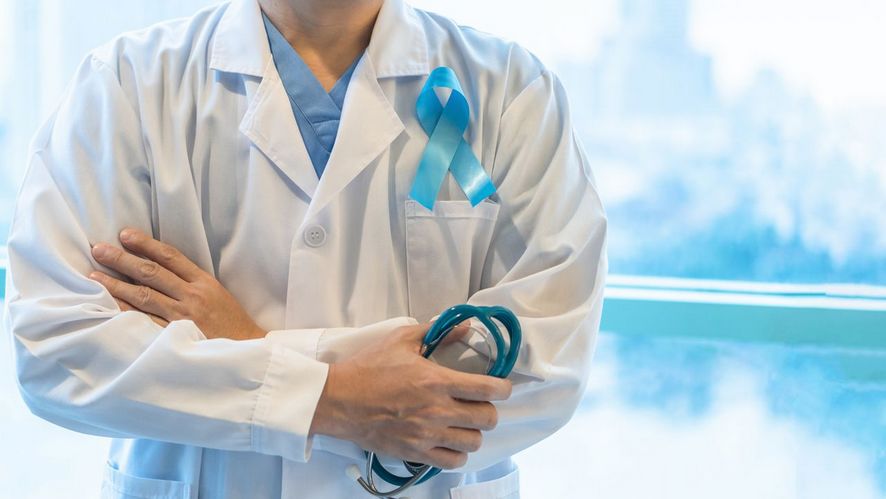Prostate Biopsy
During a prostate biopsy, samples of tissue are taken by inserting needles into the prostate. The tissue is then examined by a pathologist under a microscope.
There are two ways to perform a prostate biopsy.
1. TRUS-guided biopsy: A transrectal ultrasound-guided (TRUS) biopsy using local anesthetic is currently the most commonly used biopsy technique in the U.S. An ultrasound probe is placed in the rectum to allow visualization of the prostate, then multiple needles are used to sample tissue from the prostate. A TRUS biopsy is usually performed in the urologist’s office under local anesthetic.
2. Transperineal biopsy: The prostate can also be biopsied under local or general anesthetic by placing needles through the skin between the scrotum and anus (perineum). An ultrasound probe is still placed in the rectum, as this allows for visualization of the prostate. However, as opposed to transrectal biopsies, the needles are directed through the perineal skin and not through the rectum. This method has a lower risk of infection, because the biopsy area is not directly contaminated with feces. While not yet widely used in the U.S., it is expected to become more commonly available.
Generally, between 12 and 20 samples, or “cores,” are taken. If a patient had MRI before the biopsy, needles may be targeted into areas that looked suspicious on the MRI. This is called MRI fusion biopsy and is rapidly becoming the standard of care in the U.S. due to the superior ability to view the location and size of the lesions. Note that the MRI itself provides useful information, but cannot currently diagnose prostate cancer.
Risks
Both of these methods of biopsy have some inherent risks of infection, bleeding, and pain. You may see blood in your urine, semen, or feces. This typically resolves within seven days; however, blood in the semen may last for up to 30 days. Some men may experience temporary difficulty having an erection and/or an increased difficulty with urination after their prostate biopsy.
How to prepare for your biopsy: You should receive detailed instructions from your doctor in advance about what to expect during the procedure, how to prepare, what to watch out for in the hours to days following the biopsy, and whom to call if you think something is wrong. If you are having general anesthesia, you will be advised to not eat or drink for several hours before your procedure. You may be asked to take an enema at home before you come in for your biopsy. You may be given antibiotics before the procedure.
Last Reviewed: 12/2023




